A discussion of the arguments with which Ankara justified joining the initiative.
A discussion of the arguments with which Ankara justified joining the initiative.
By Halil Özsaraç, (Ret.) Turkish Staff Navy Captain
In the first article, I addressed the founding and development story of the “Three Seas Initiative” an imperialist project in which Türkiye was accepted as a “strategic partner”.
At this point, it’s worth opening a parenthesis: the “Three Seas” that symbolize the Initiative, namely the Baltic, Black, and Adriatic Seas, have effectively turned into four with the Aegean Sea since Greece joined in 2023.
Eastern Europe suffers from geopolitical disadvantages and persistent relative economic backwardness compared to the founding states of the EU. It has turned to the US to meet its need for modern infrastructure after the EU’s support remained under the expected level. In its path towards aligning itself with the interests of the EU, Eastern Europe has changed course and now finds itself serving the interests of the US. In the first article I asked: “What pushed Türkiye to seek strategic partnership in the US-backed Three Seas Initiative?” and I pointed out that the Turkish government had shifted direction from Asia toward the West following the May 2023 elections.
According to the official declarations of the Three Seas Initiative, its core objectives can be summarized as:
— Economic growth,
— Attracting investment to the region,
— Energy security,
— Geopolitical cooperation,
— Smart connectivity,
— Joint responsibility for climate protection.
We see that Türkiye’s Ministry of Transport and Infrastructure justifies its new “investor” role in Eastern Europe through the Initiative’s goal of “smart connectivity”. To put it more concretely, the Ministry appears to be aiming to interlink:
— The Three Seas Initiative, which is an incomplete project that seeks to connect Eastern European countries with each other,
— The Middle Corridor, which is an incomplete project aiming to connect Central Asia with Türkiye
— The Development Road, which is yet another incomplete project that seeks to connect Iraq to Türkiye.
The Ministry is promoting this intention both to domestic and international audiences.
At first glance, positioning Türkiye as a “geopolitical center” that links Eastern Europe to Central Asia and the Middle East via land routes might seem “meaningful”. However, from a geopolitical standpoint, this is not logical. Because all raw materials and goods in international trade naturally seek the shortest route to the sea and continue by sea to a port where they will reach their buyer by the shortest road. This has been, and will continue to be, an iron law of global trade throughout all of human history. Sea routes are like highways for global trade, while land routes are more like country roads.
The often-mentioned idea of overland or rail transport from Beijing to London or from Basra to London is, in times of peace, is only a fantasy. Except in rare cases like long wars, these “costly and difficult” options have little practical value. Investing in thousands of kilometers of overland routes with multiple connections, when a direct sea route is available, is simply a waste of infrastructure resources, and thus serves the interests of imperialist powers.
Türkiye’s Ministry of Transport and Infrastructure will likely struggle to move raw materials and goods efficiently by land between Europe, Central Asia, and the Middle East. The investment in the Initiative might end up running passenger and tourist transport at a loss.
Instead of spending public funds on a US project like the Three Seas Initiative, I would advise the Ministry to focus on investments in the “Blue Homeland” (“Mavi Vatan”) strategy, on sea routes, shipyards, and both domestic and international ports, which are “consistently profitable and never operate at a loss”.
The Ministry’s unrealistic ambition to link Asia-Europe land corridors may soon be met with some “economic” and “political” problems in the Three Seas Initiative infrastructure tenders.
You will find the details of those in the next article.




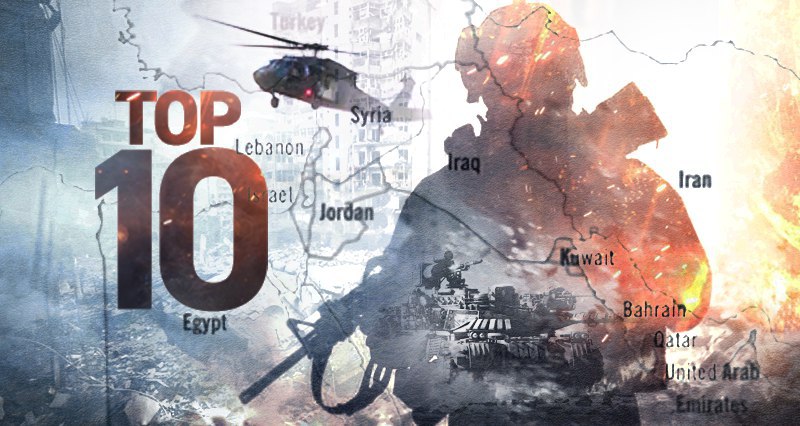
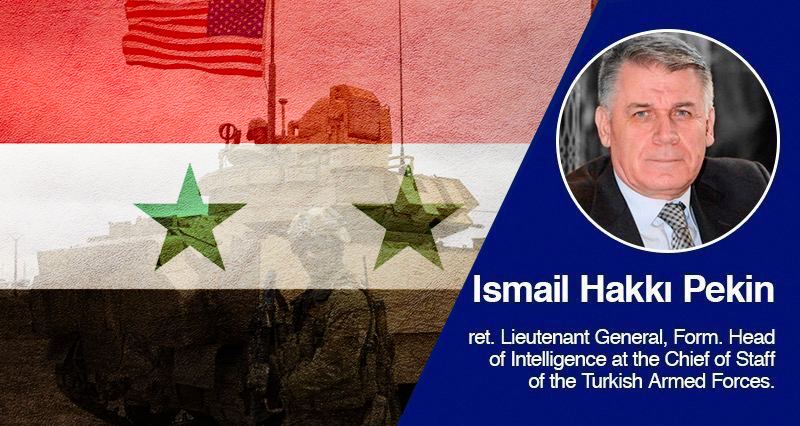

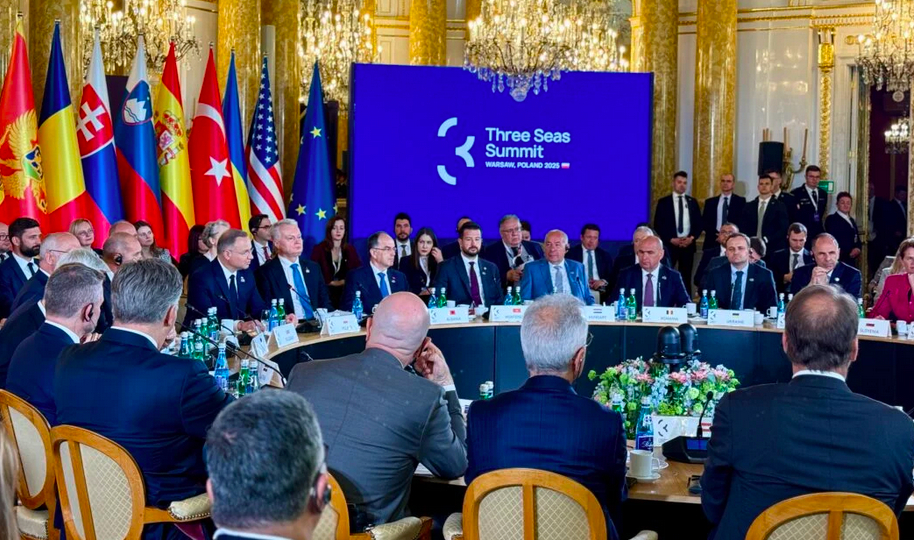
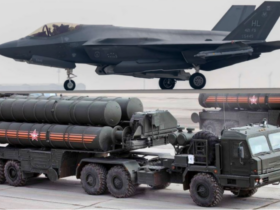
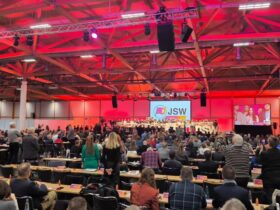
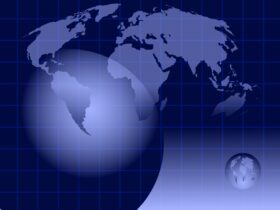
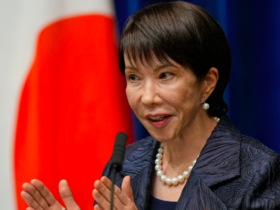
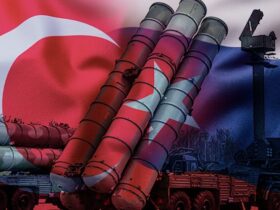

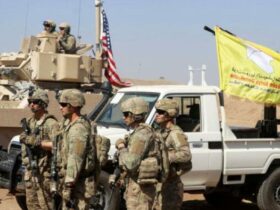

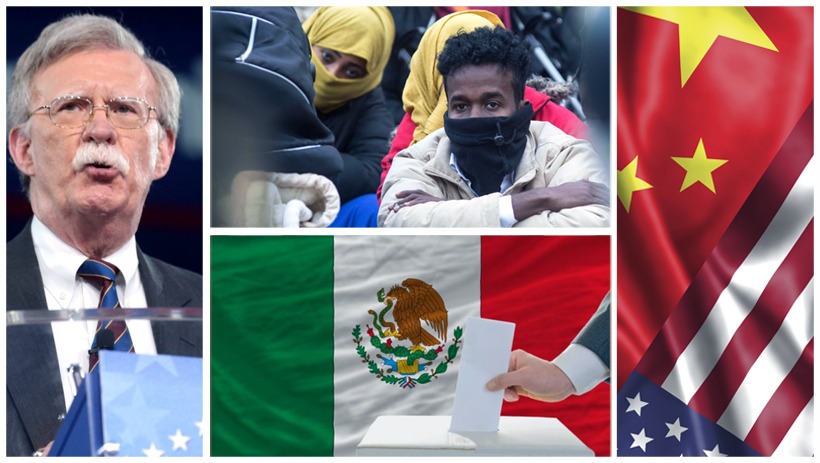
Leave a Reply